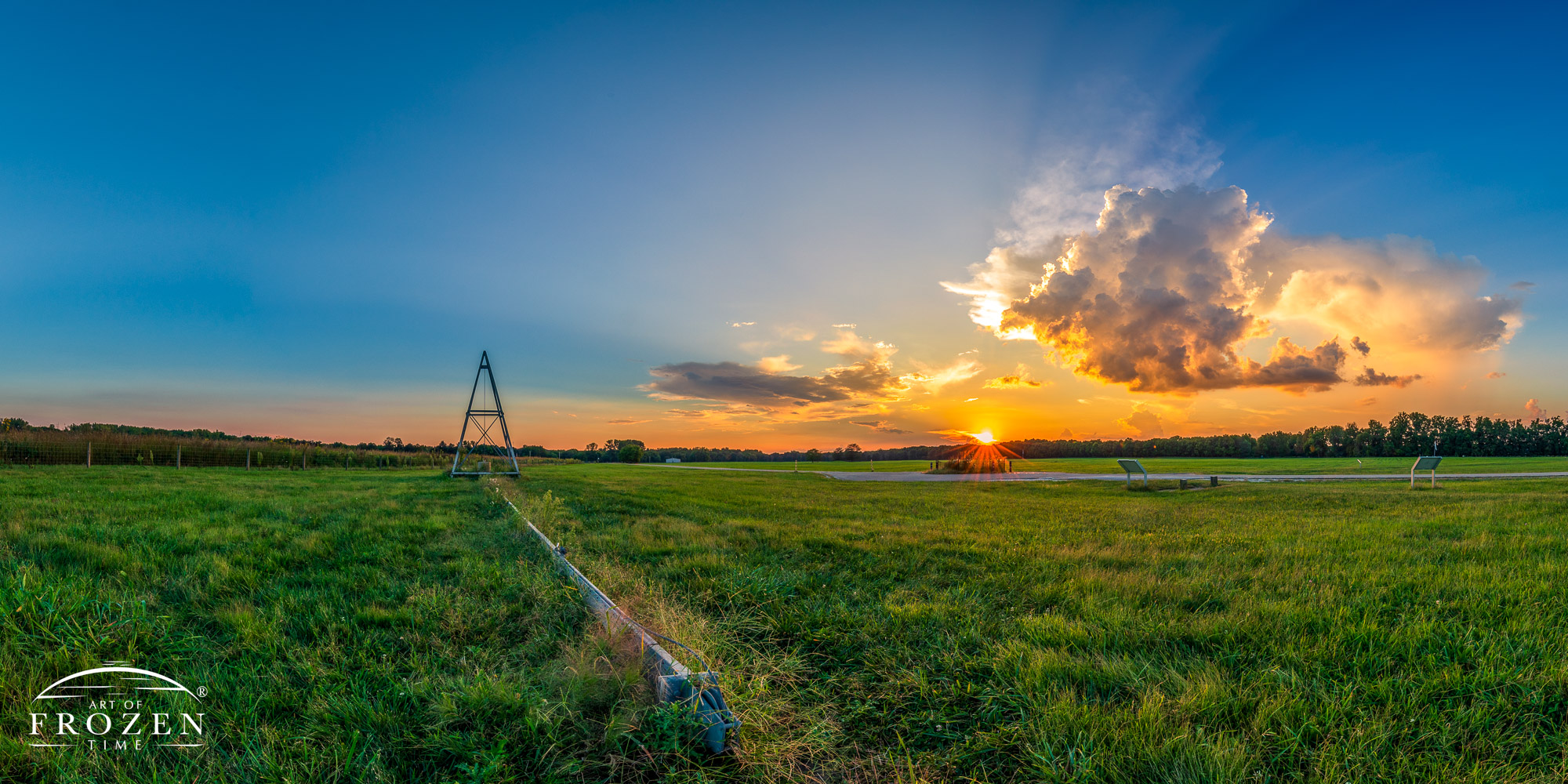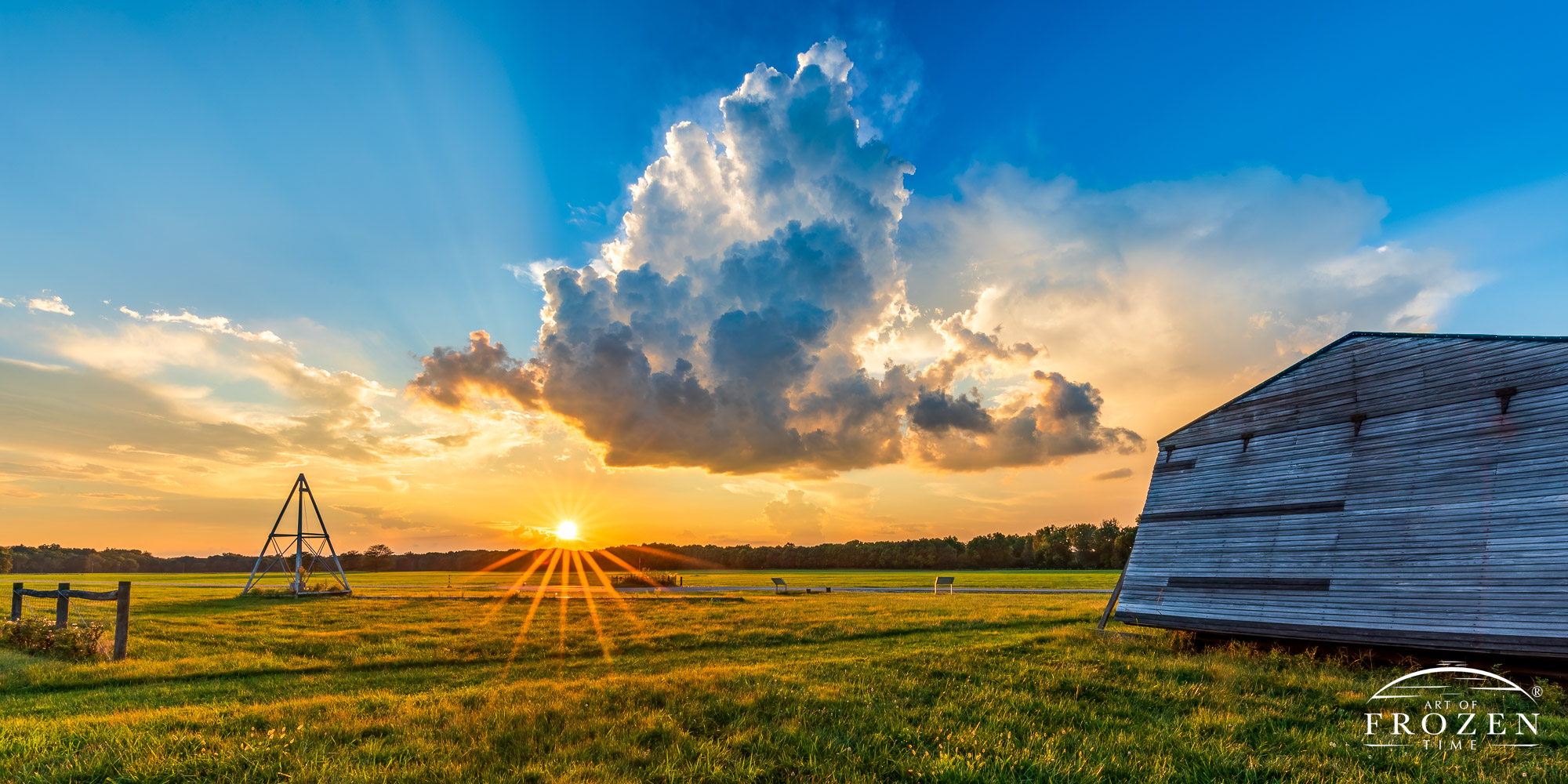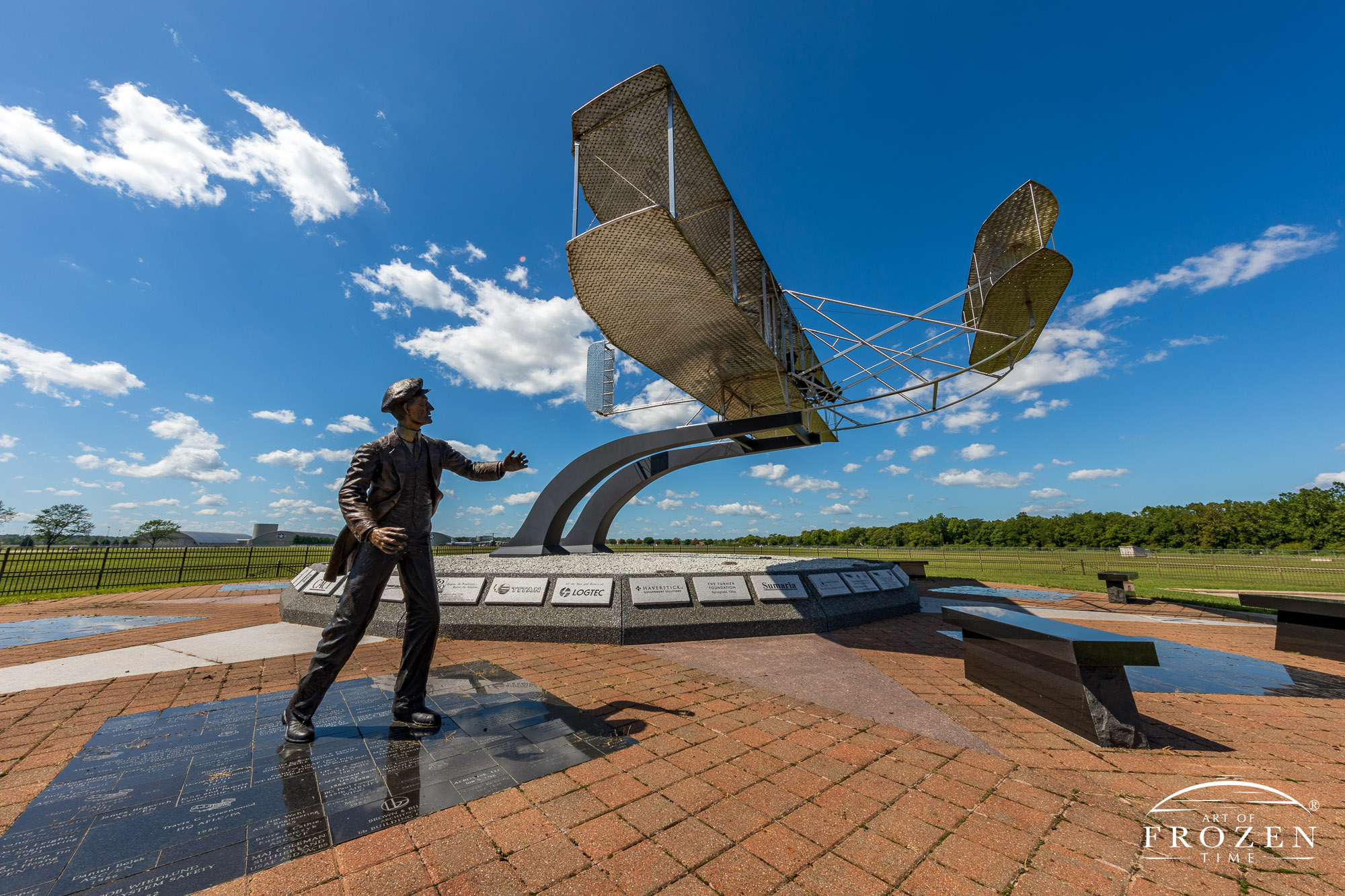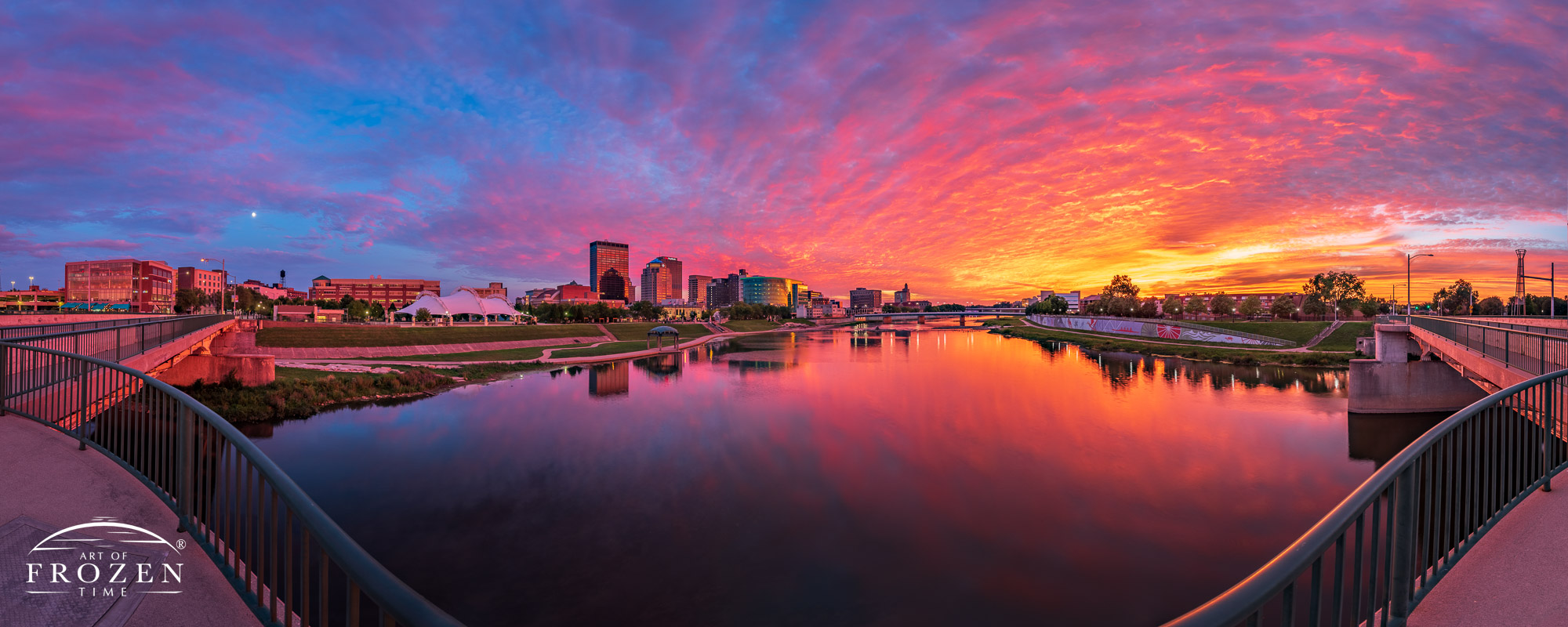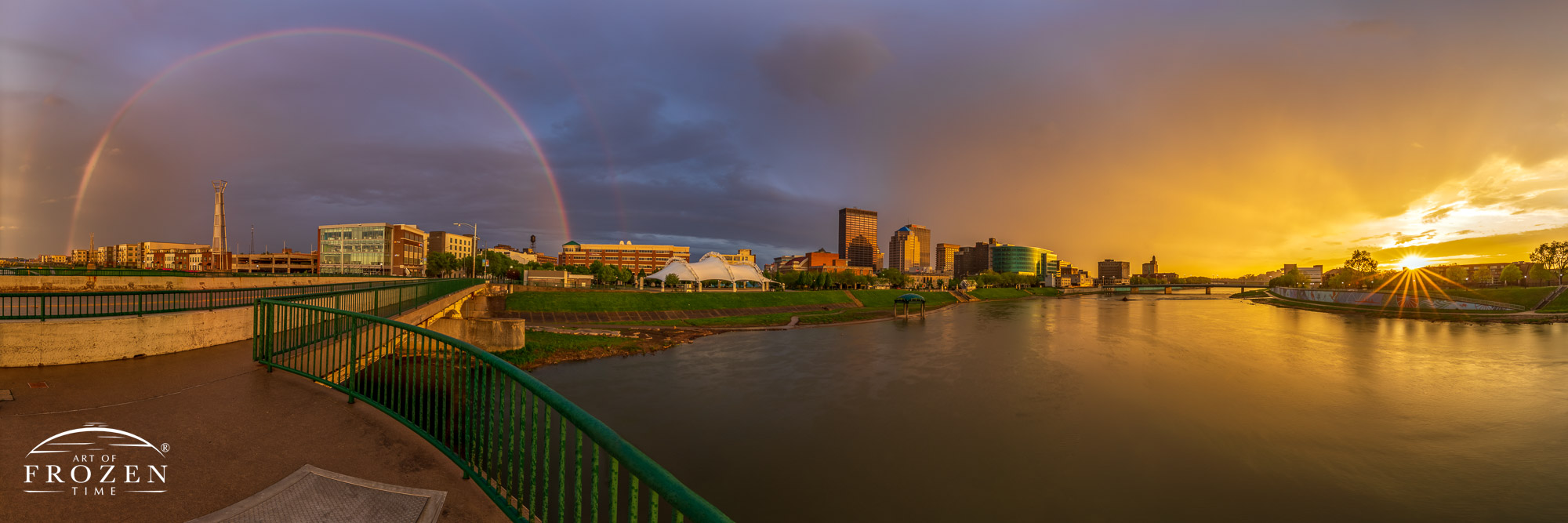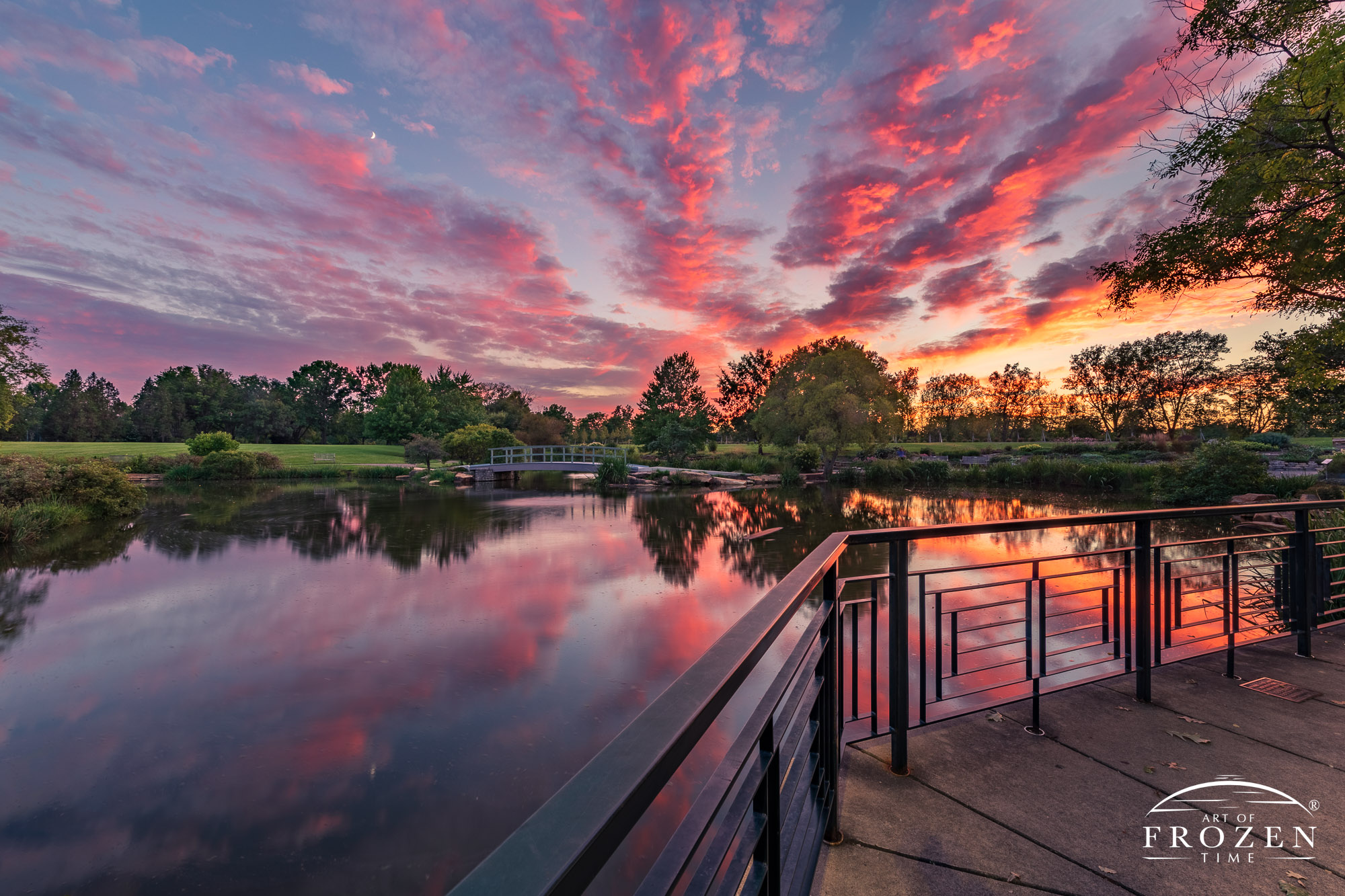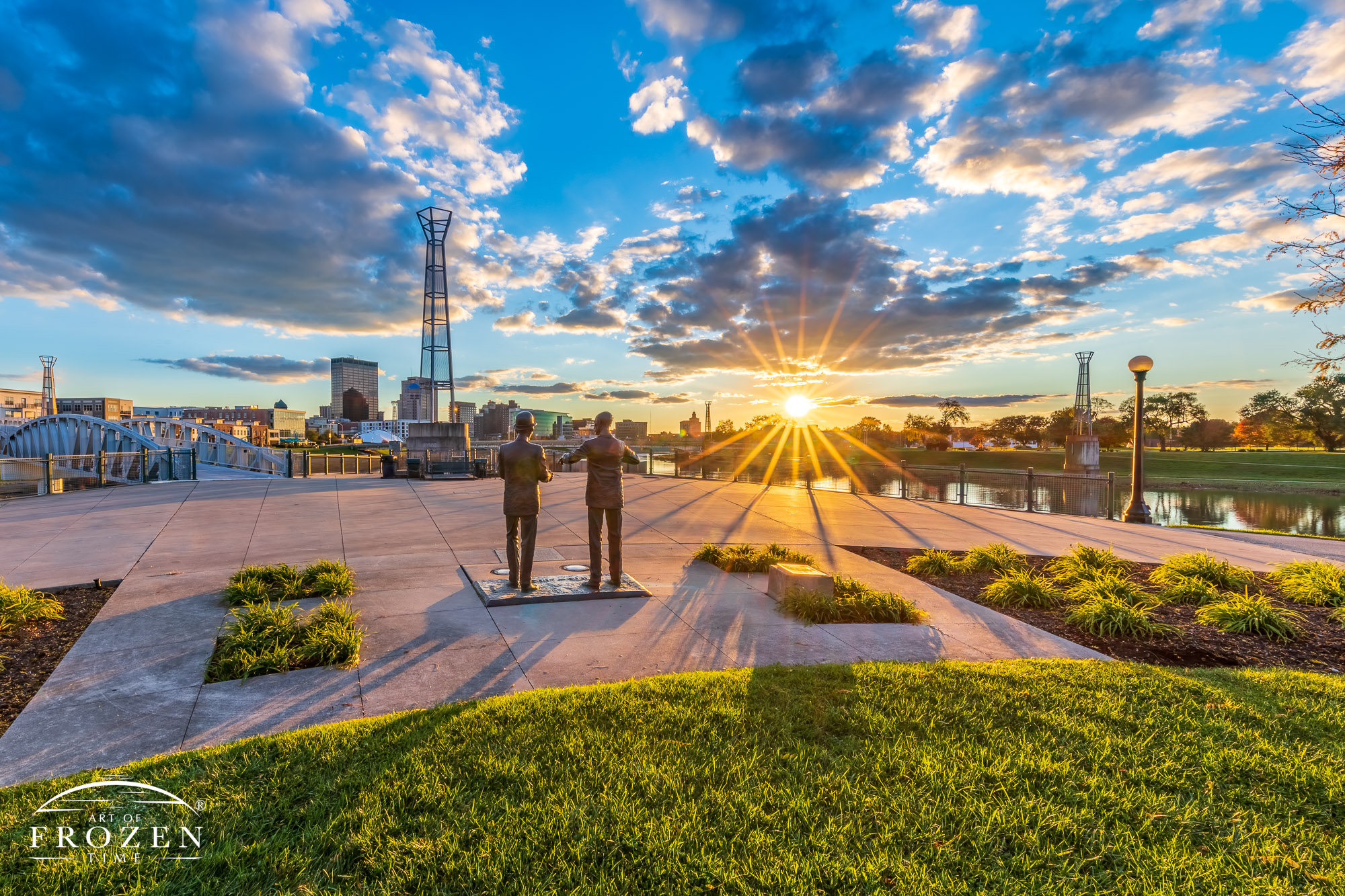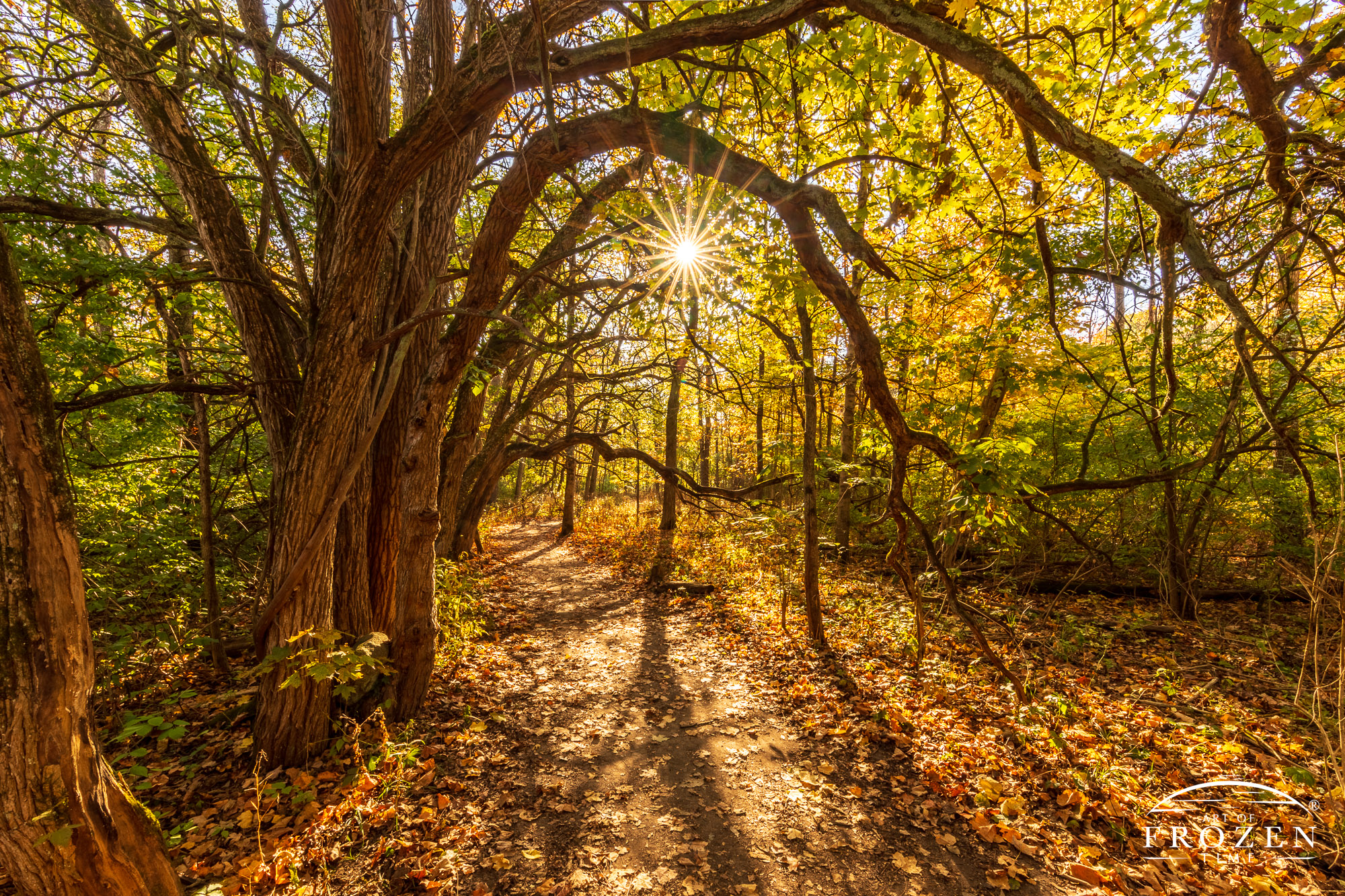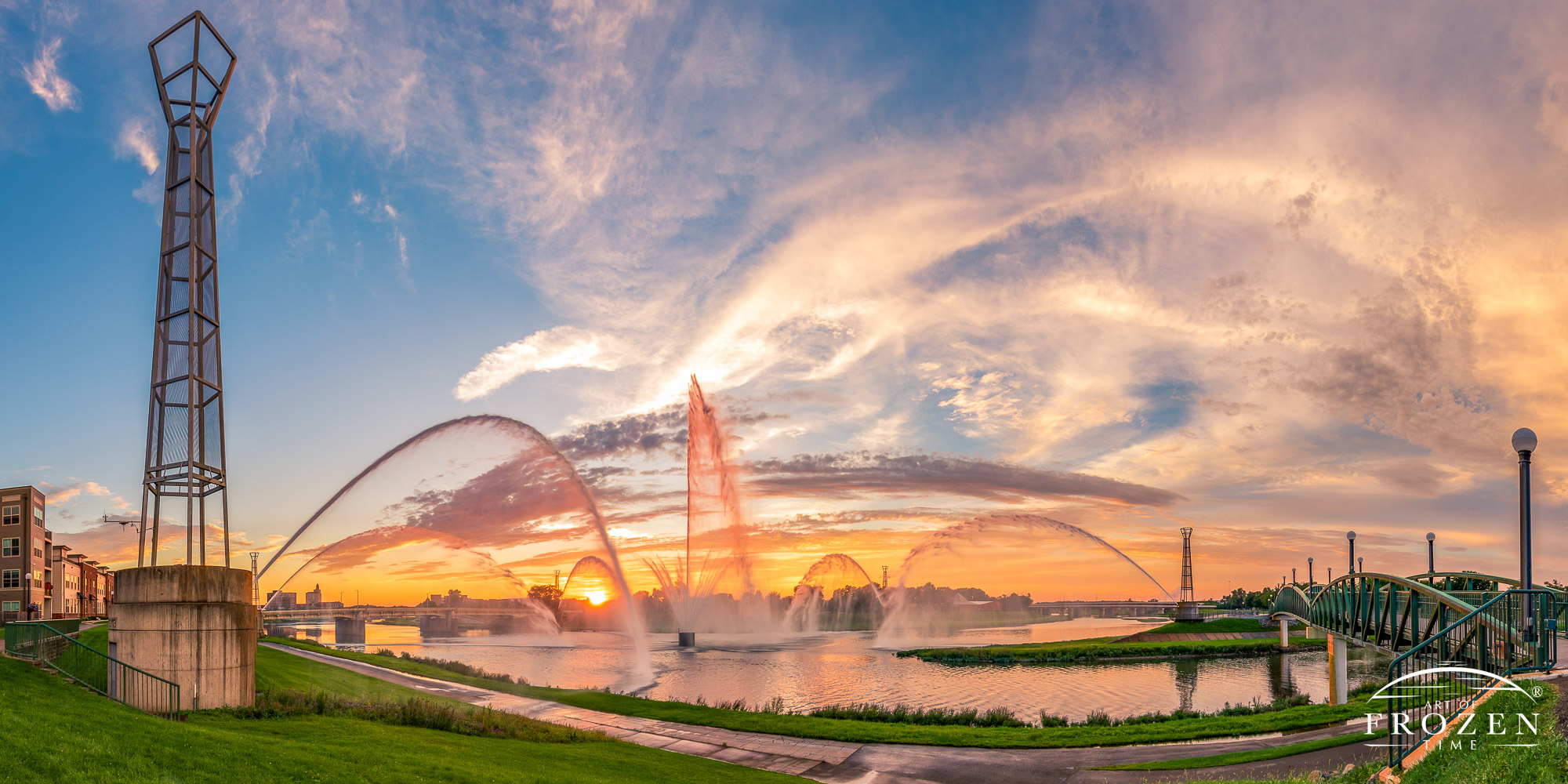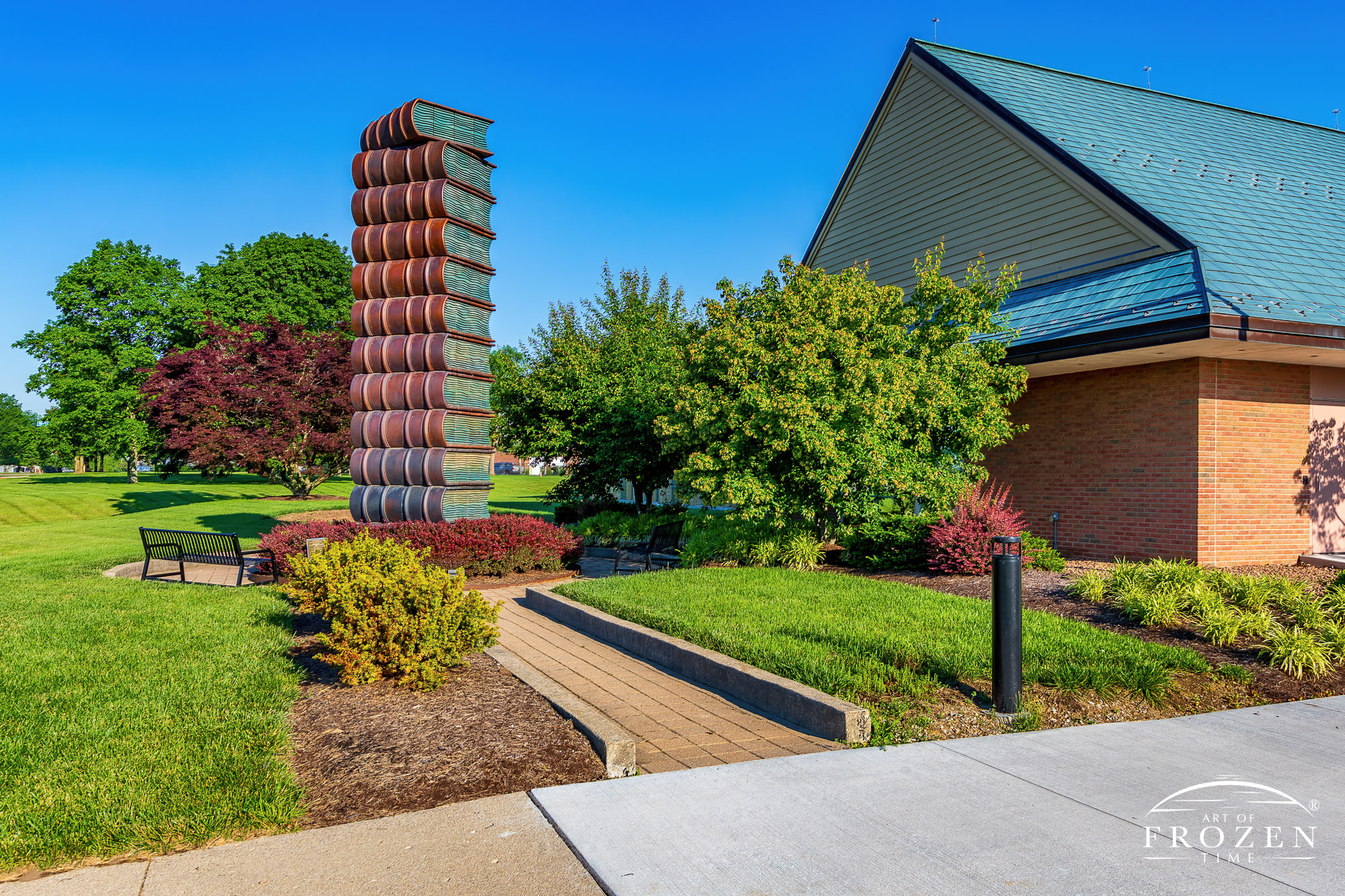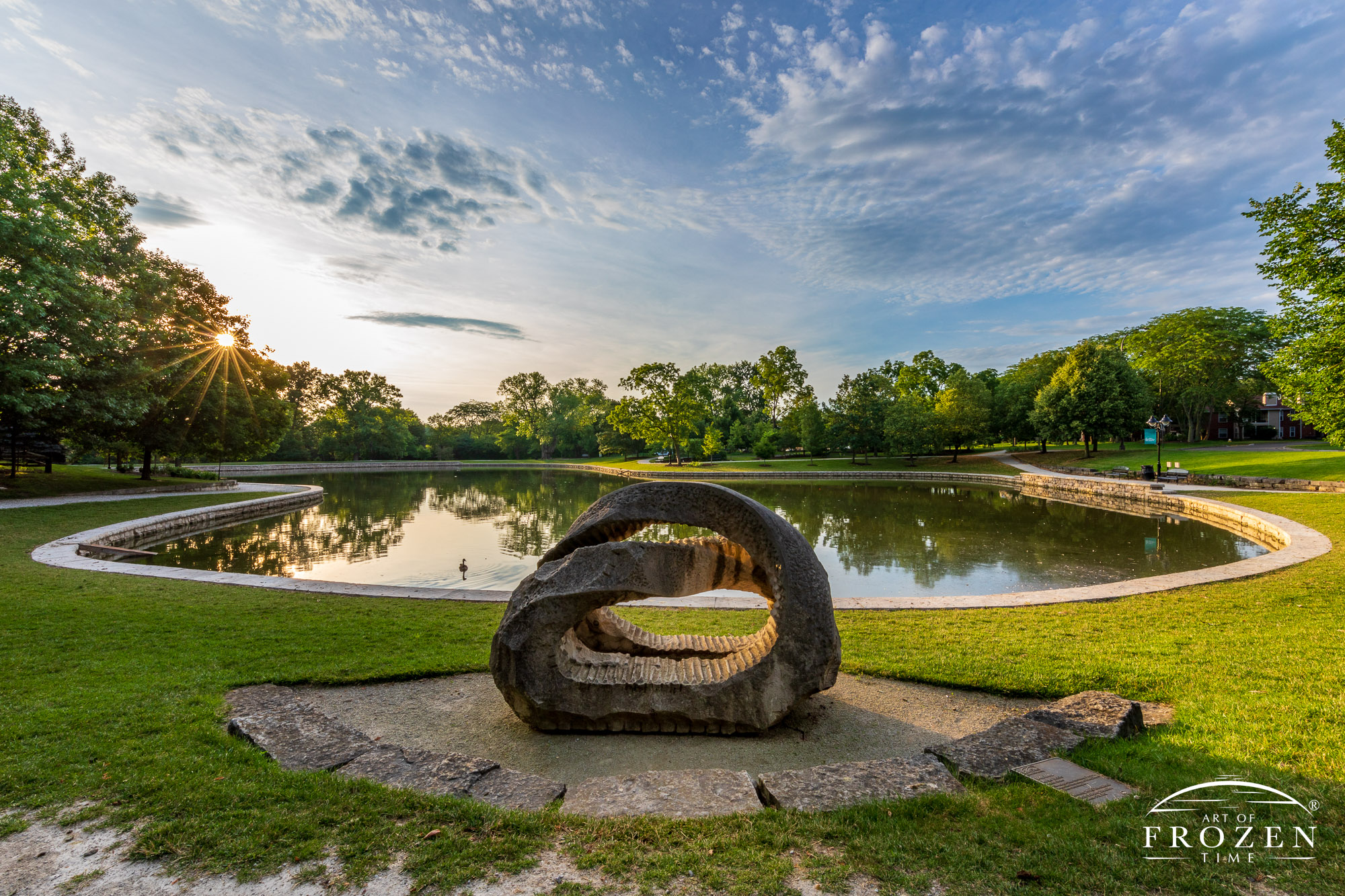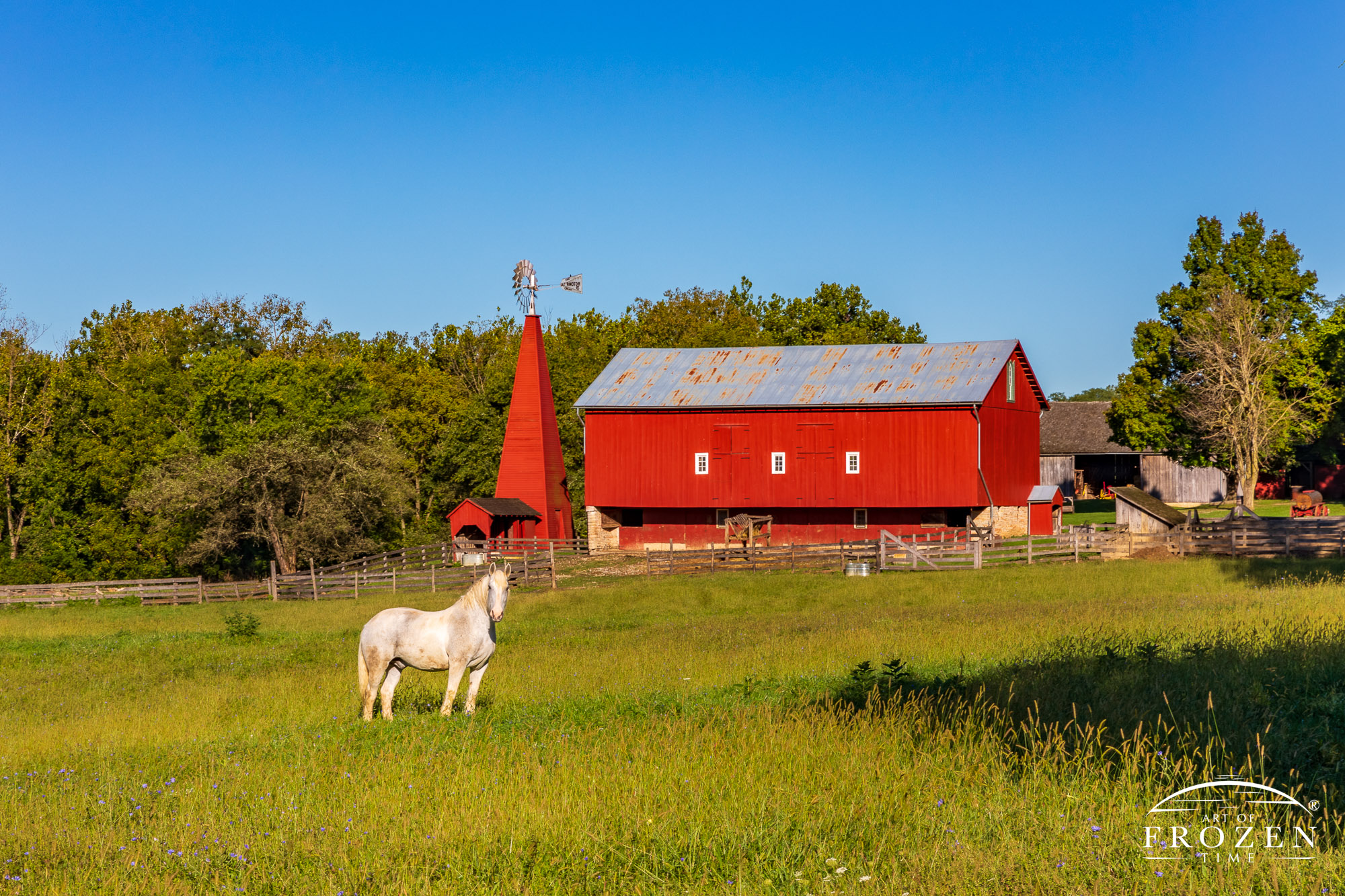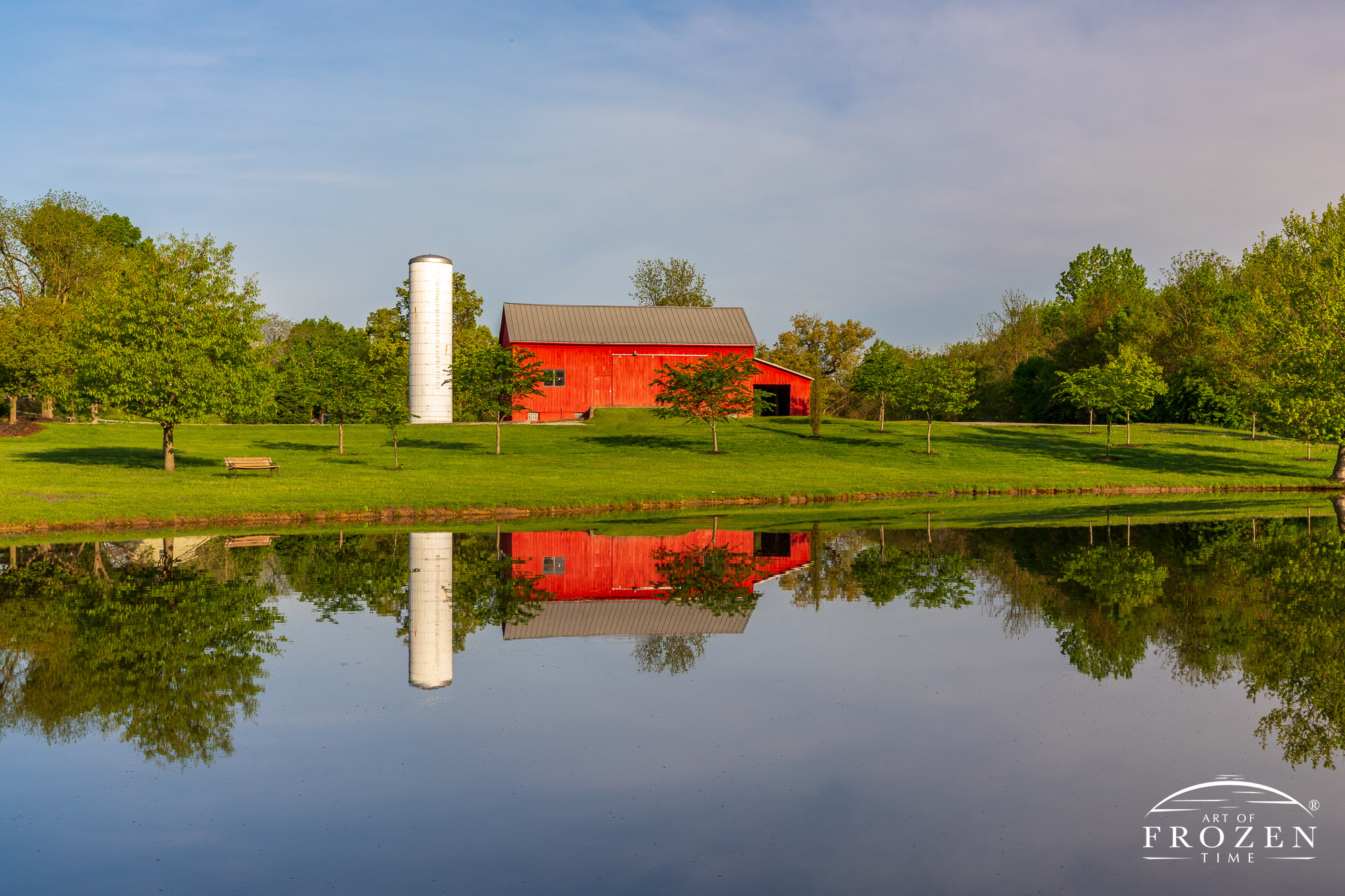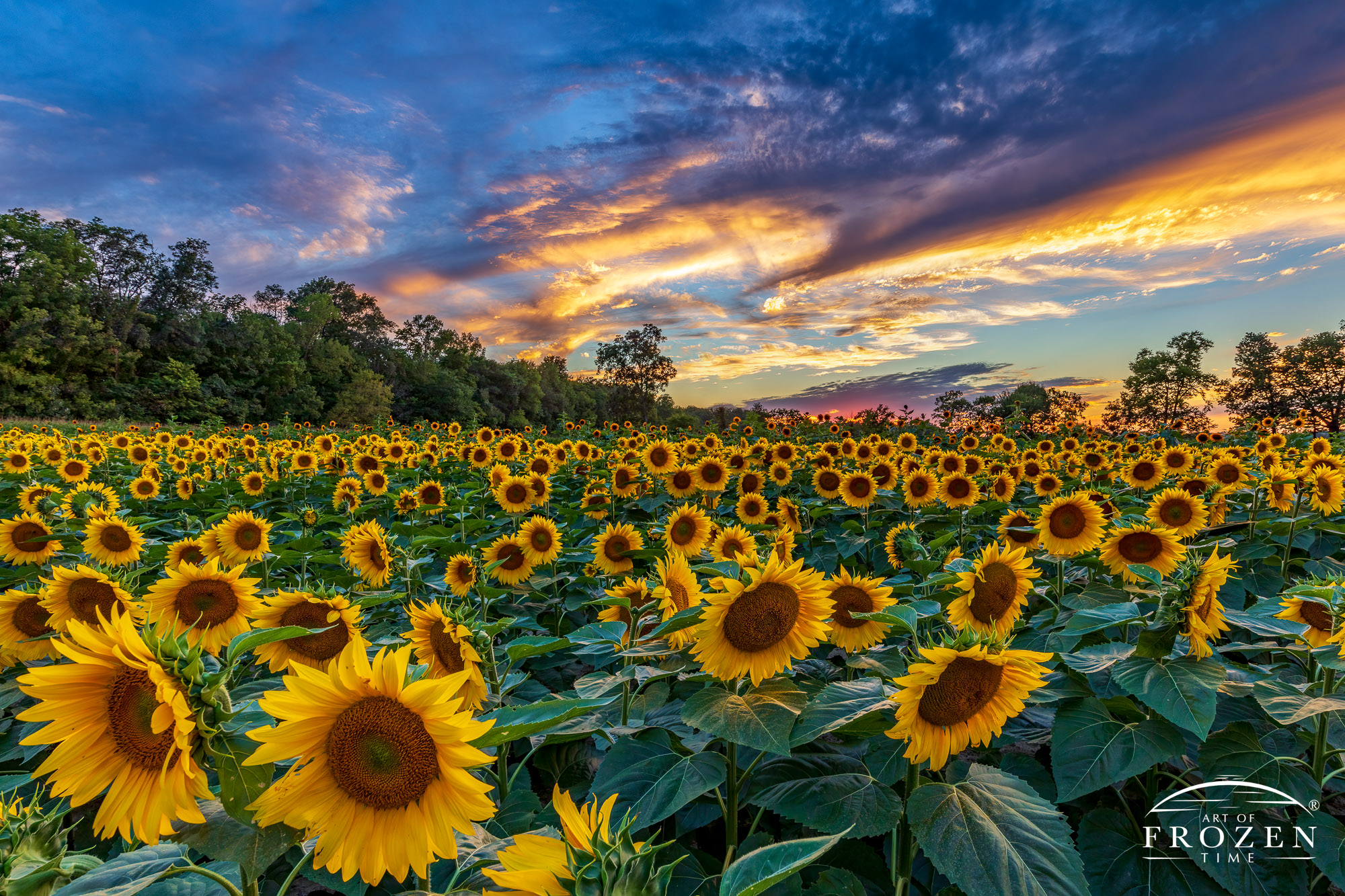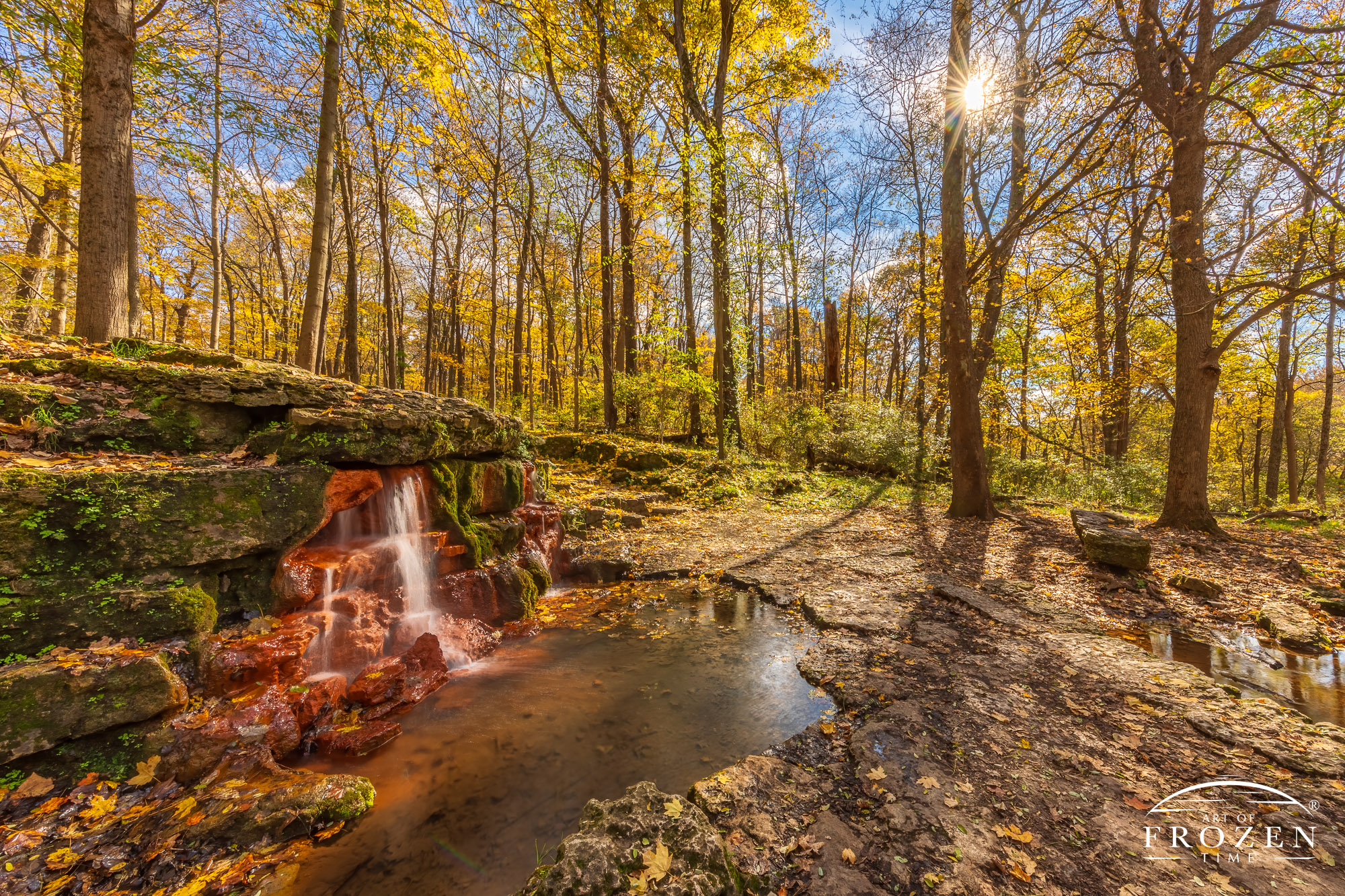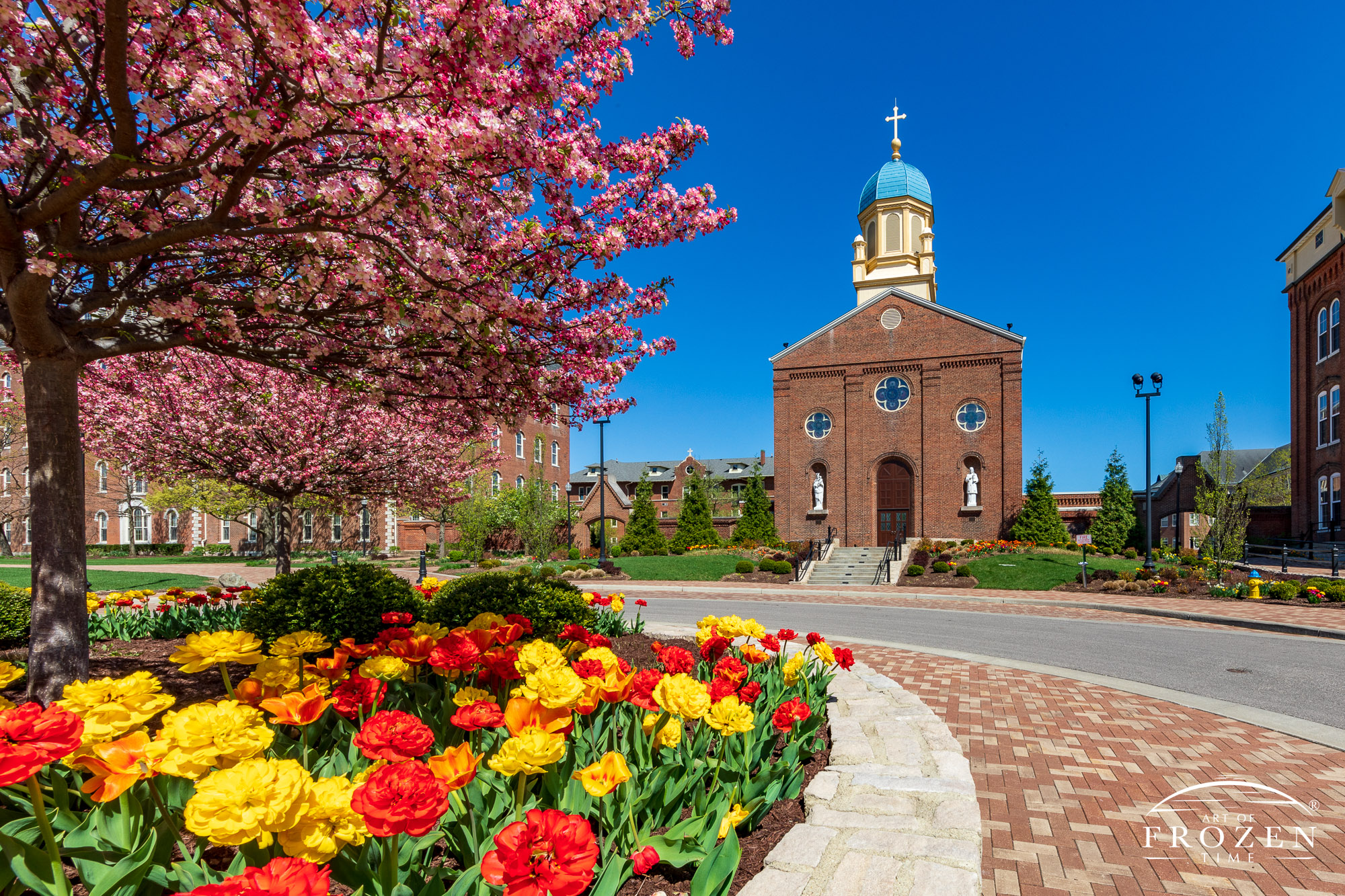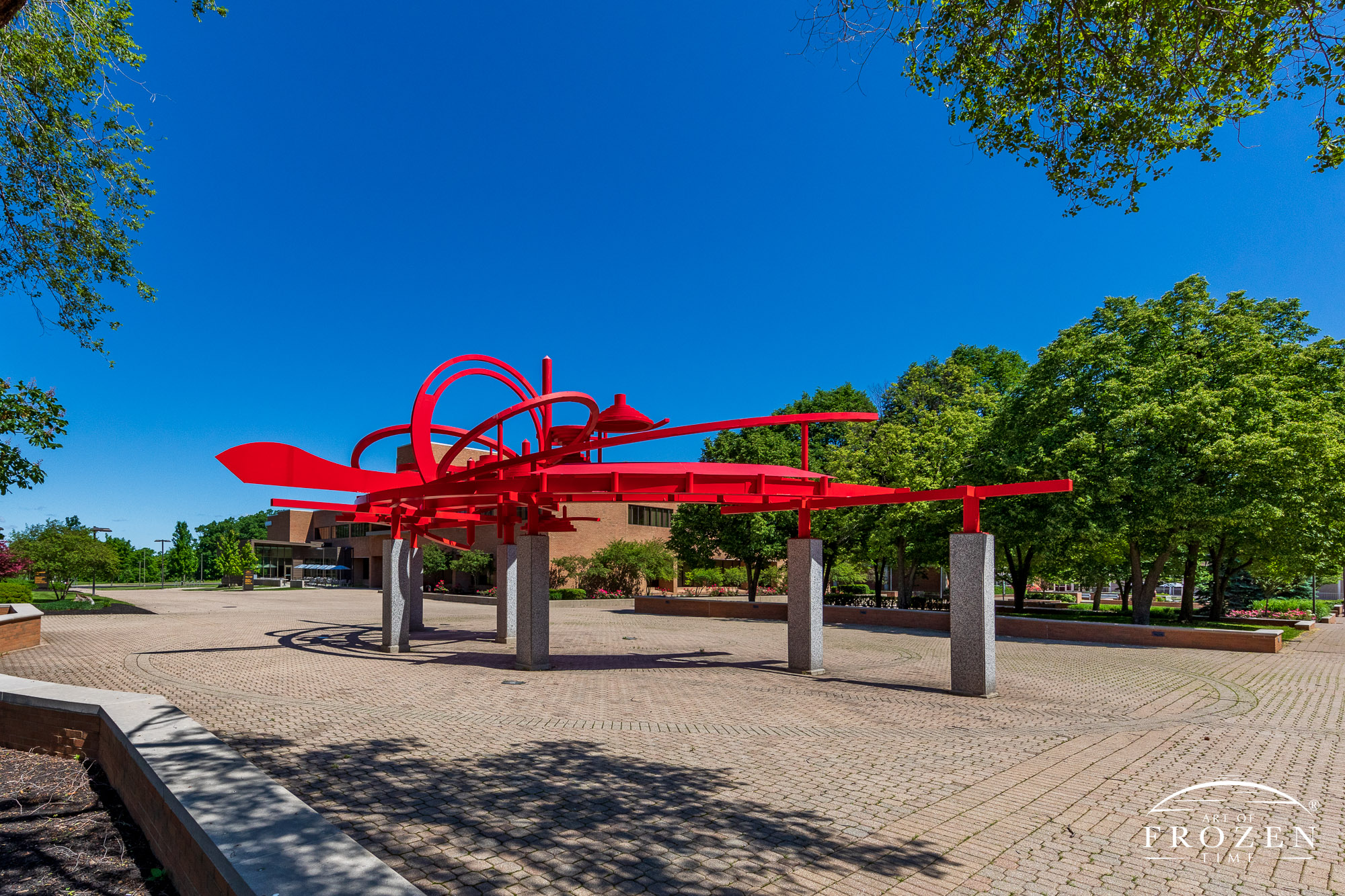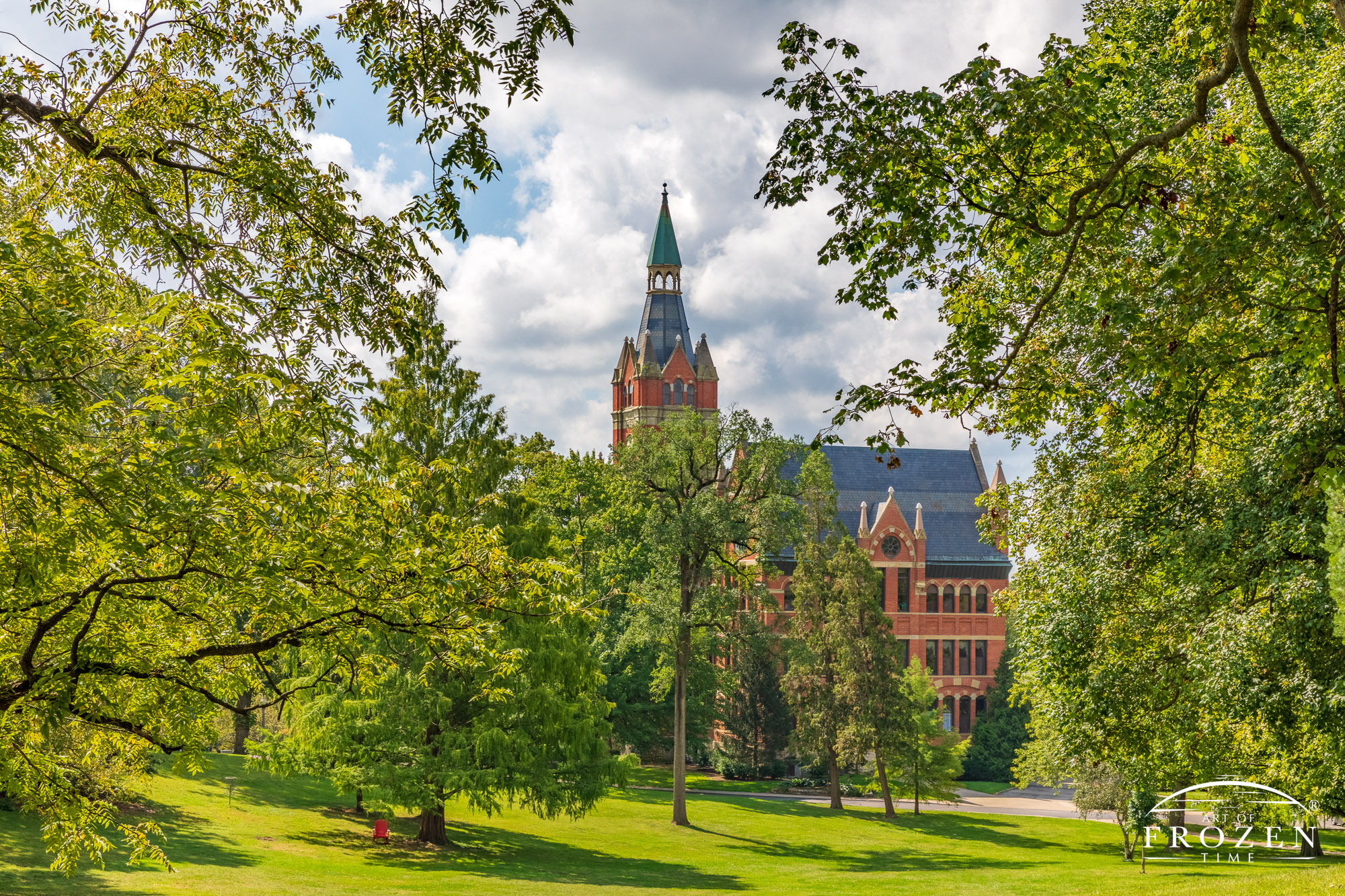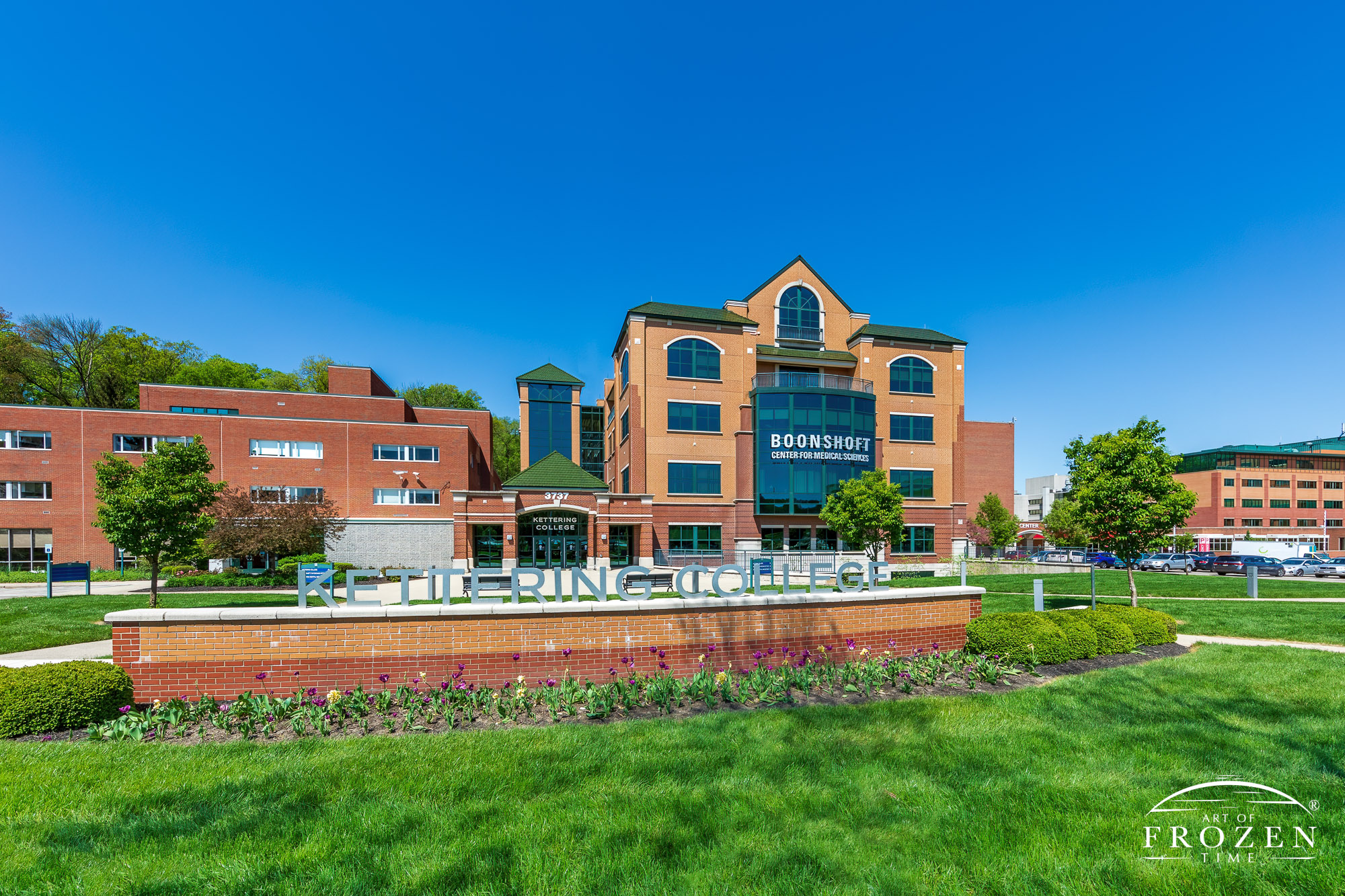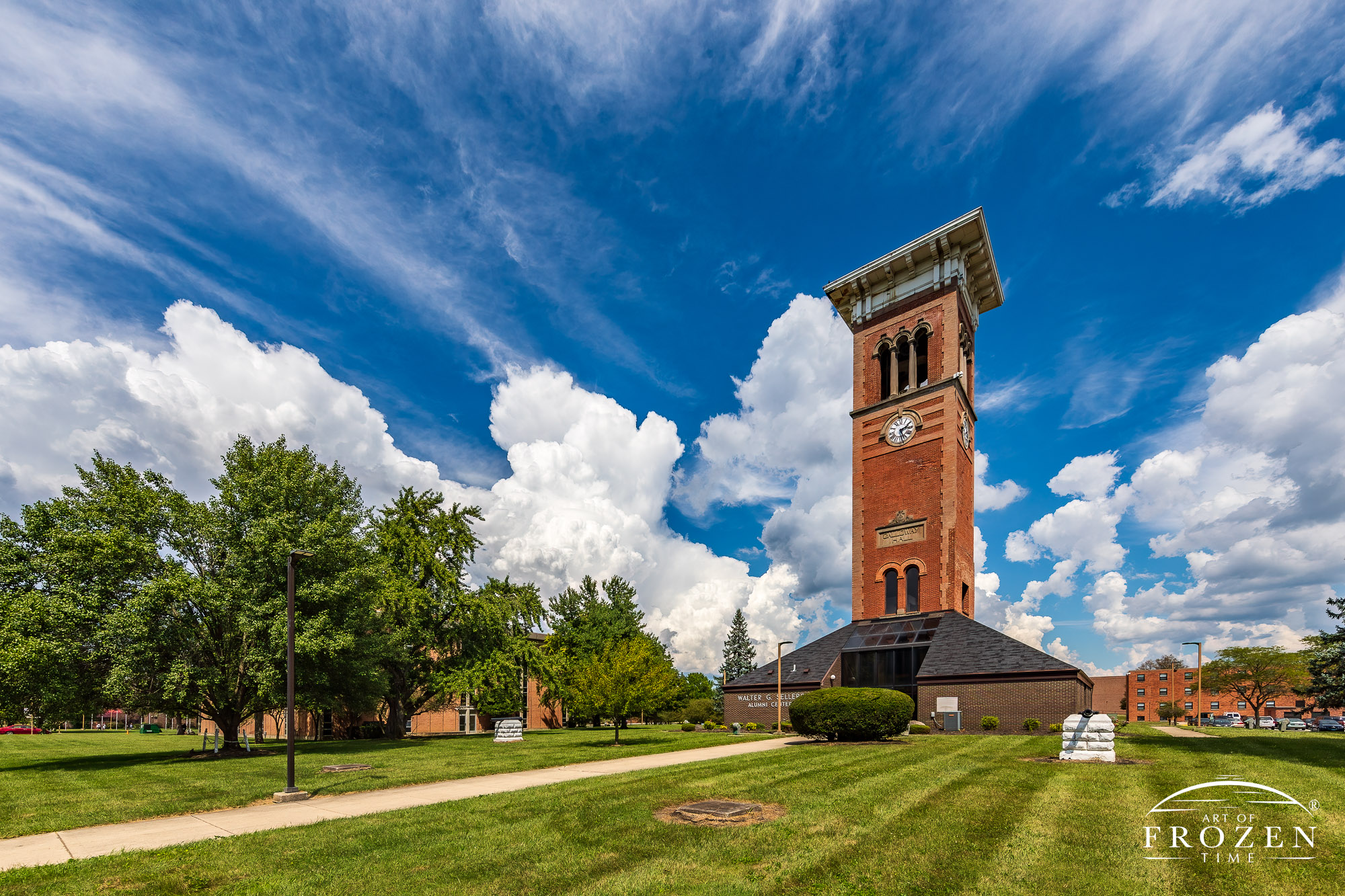If you are seeking a unique retirement gift or farewell gift, consider offering artwork that celebrates the local area.
What I've offered here is a list of ideas. The below images are links to individual prints or portfolios dedicated to a subject which hold more gifit ideas.
Having served in the US Air Force for 24 years, we’re familiar with making friends and then sending them off to their next adventure. One of the challenges for us entailed finding the right PCS gift for the upcoming farewell gathering. Plaques are nice but they tend to accumulate in a worn box adorned with different colored moving stickers….right?
“Huffman Prairie Twilight” is my best-selling print! When people pass by my art fair tent, invariably, this print draws them in and starts a conversation. I had a retiree from the Air Force Research Labs pass through my home a couple months ago. He was holiday shopping for a specific nature print for his wife and recalled seeing my work in a local gallery. As he started to leave, he saw a familiar print in the adjacent room. His team had selected “Huffman Prairie Twilight” as their retirement gift to him. Until that coincidental moment, he was unaware I was the photographer, but the experience led to another great conversation.
“Golden Hour Over Huffman Prairie No. 2 and No. 6” represents two more popular prints. One version of this print is 8’ wide in the lobby of the Kettering Cancer Center. Also a couple months ago, I had two friends inquire about the various places my artwork resides. They shared who they were sitting in the waiting room and pondered who this large print emulated my style.
“Fair Day Over Wright Flyer Sculpture No. 1” is another popular print. There are four stainless steel sculptures of early Wright Brothers airplanes, each representing a different model of the Wright Flyer. This 1909 Wright Flyer greets visitors who pass through Gate 1B on their way to AFRL or the SPOs at the bottom of the hill.
Description
Where Did the Member and Spouse Like to Spend Their Weekends?
Dayton Suburbs Communities
Where did the Member and Spouse Call Home?
Dayton-area Universities
Description

